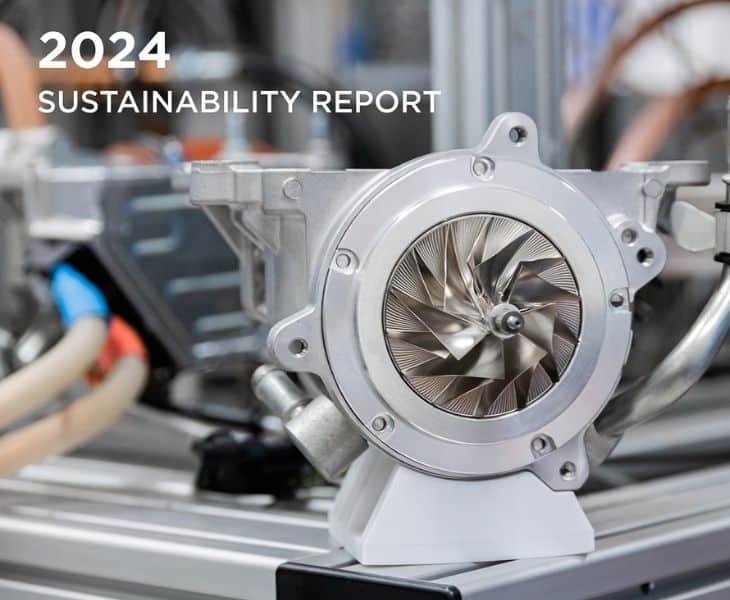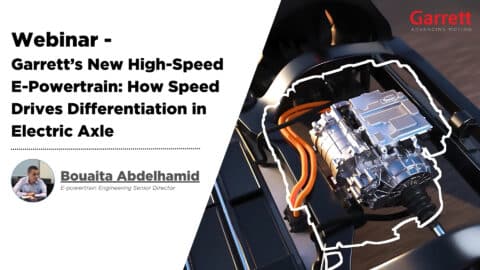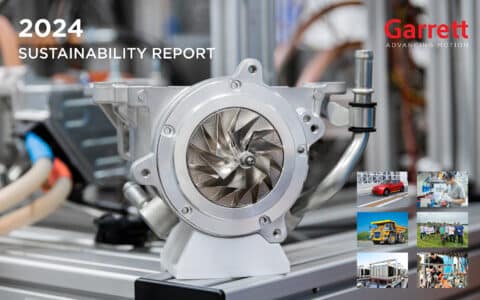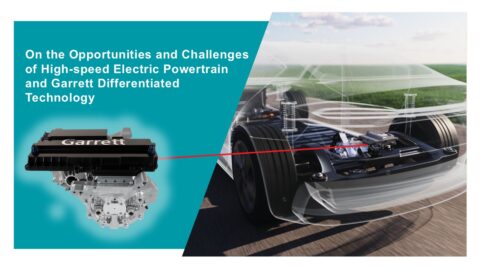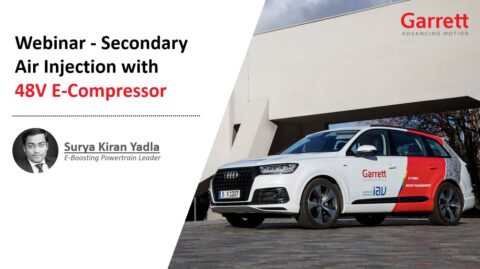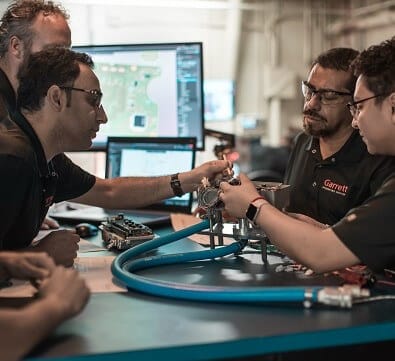Accessing the Knowledge Center effectively requires a simple, one-time registration.
Impact of Different Hybrid-Electric Architectures on CO2 and NOX Emissions of a Diesel-Powered LCV: a Simulation Study
According to EU legislation, CO2 emissions from Light Commercial Vehicles (LCVs) must decrease by 15% in 5 years and by 31% in 10 years from now. This, combined with the proliferation of Low Emission Zones (LEZ) in urban areas, is driving the automotive industry towards an ever-increasing electrification of LCV powertrains. In this work, simulation is employed to assess the impact of three different hybrid electric architectures on CO2 and NOX emissions, on a Diesel-powered LCV. As a first step, a model representing a conventional N1 segment vehicle endowed with a 2.0Lt turbocharged Diesel engine, was built in GT-SUITE. Then, three alternative variants of the original model were prepared: a 48V P0 Mild-Hybrid Electric Vehicle (MHEV), a 48V P2 MHEV and a 400V P2 Plug-in Electric Hybrid Vehicle (PHEV).
An Energy Management System (EMS) based on the Equivalent Consumption Minimization Strategy (ECMS) was developed, including a Phlegmatization functionality aimed to further reduce NOX emissions. Eventually, the conventional vehicle and the three hybrid concepts were simulated over the WLTC in charge-sustaining mode, and their results compared. The P0 MHEV led to a 5.4% reduction in CO2 and a 10% reduction in NOX, while the P2 MHEV attained a 15.3% reduction in CO2 and up to 30% lower NOX. The PHEV configuration achieved, in charge-sustaining mode, a 13% decrease in CO2 and 45% lower NOX emissions. Adopting the homologation test for Off-Charge Vehicles (OCV), the PHEV attained a sizable 72% CO2 emission reduction, with an all-electric range of 15.8km.
